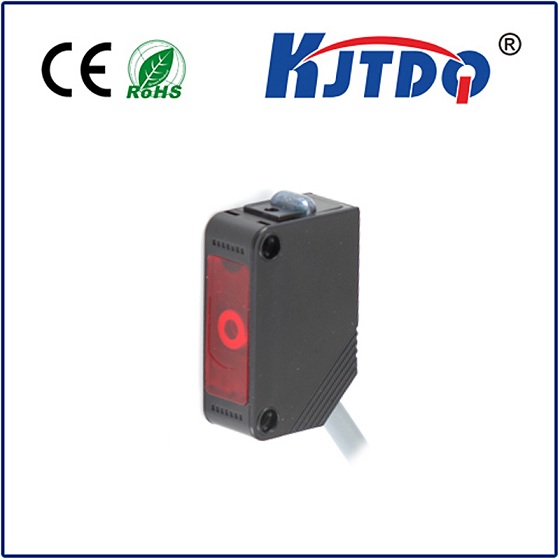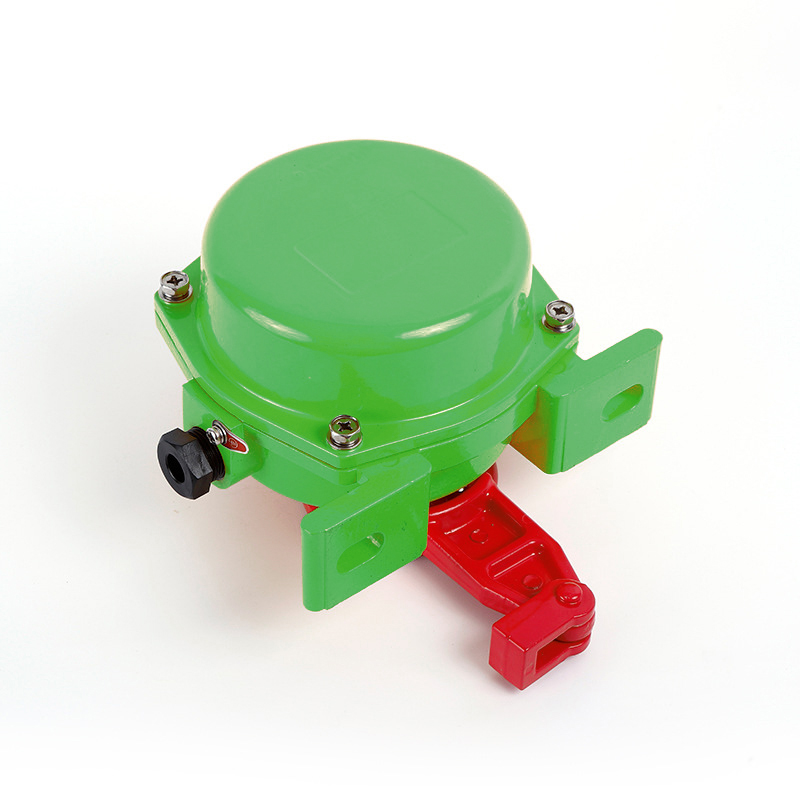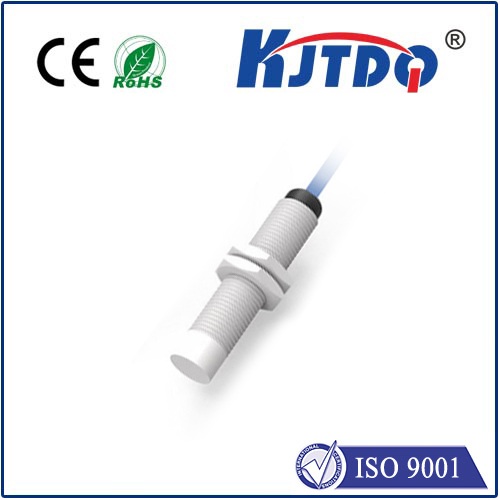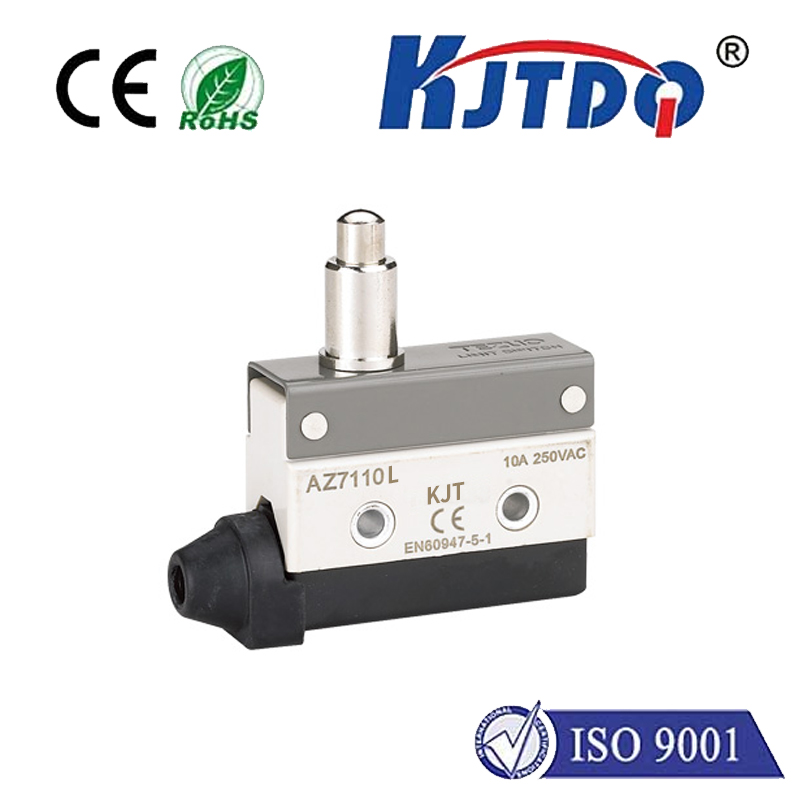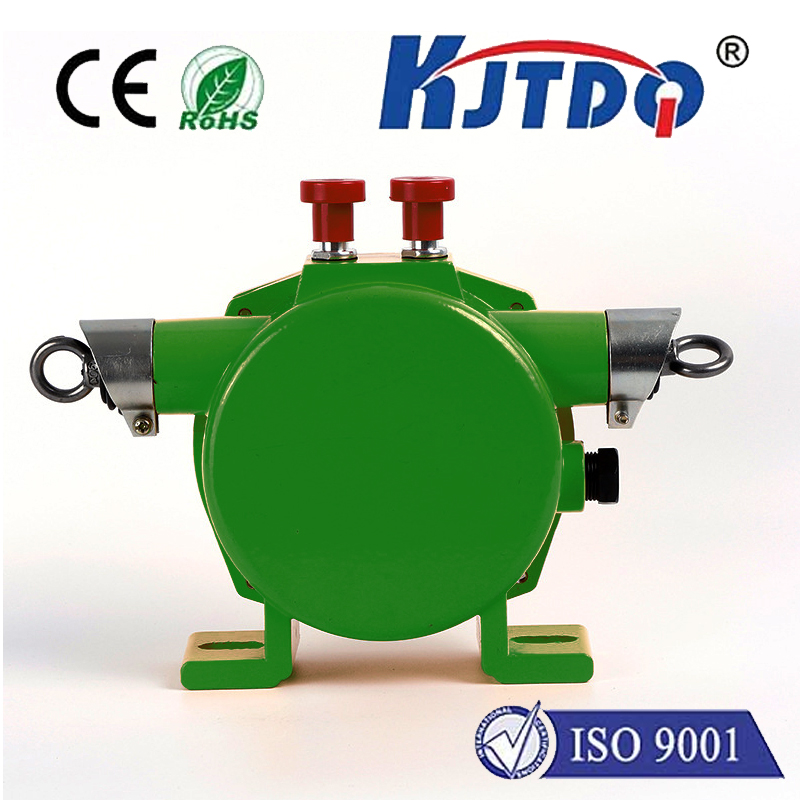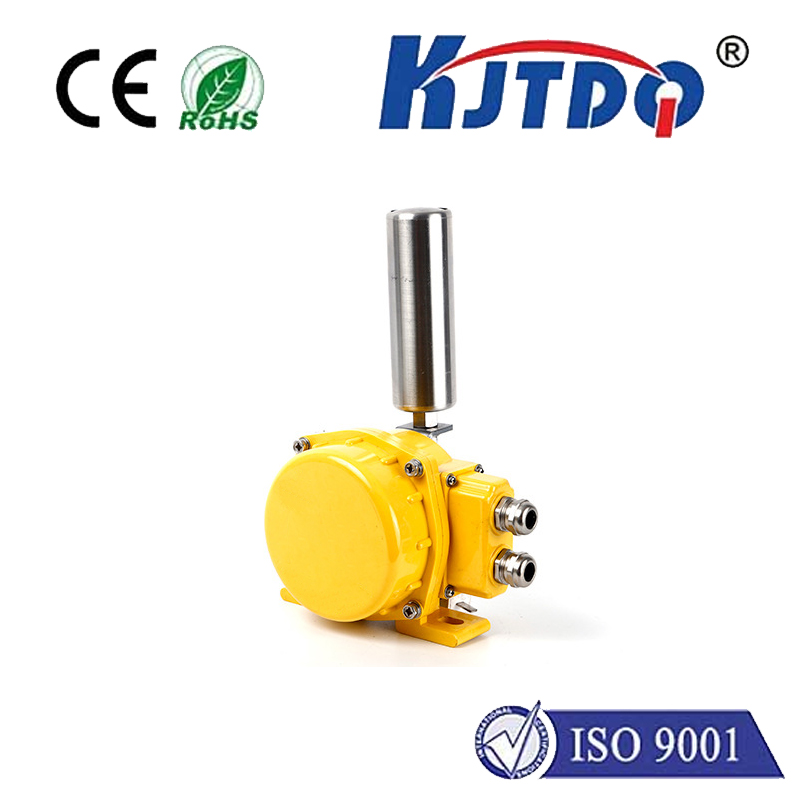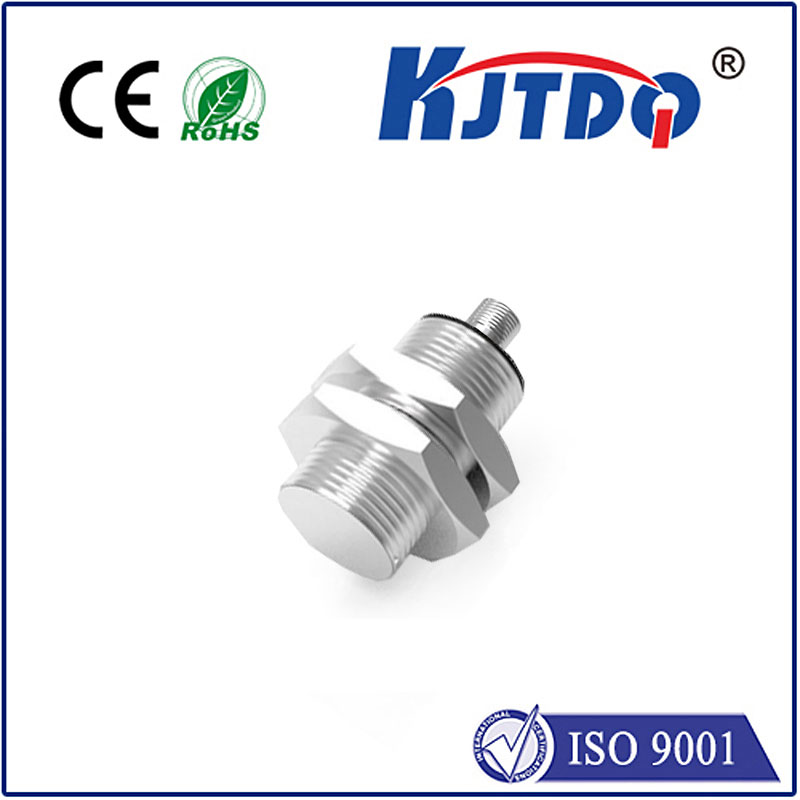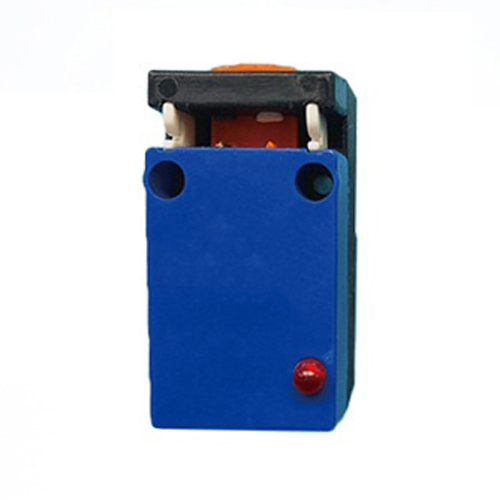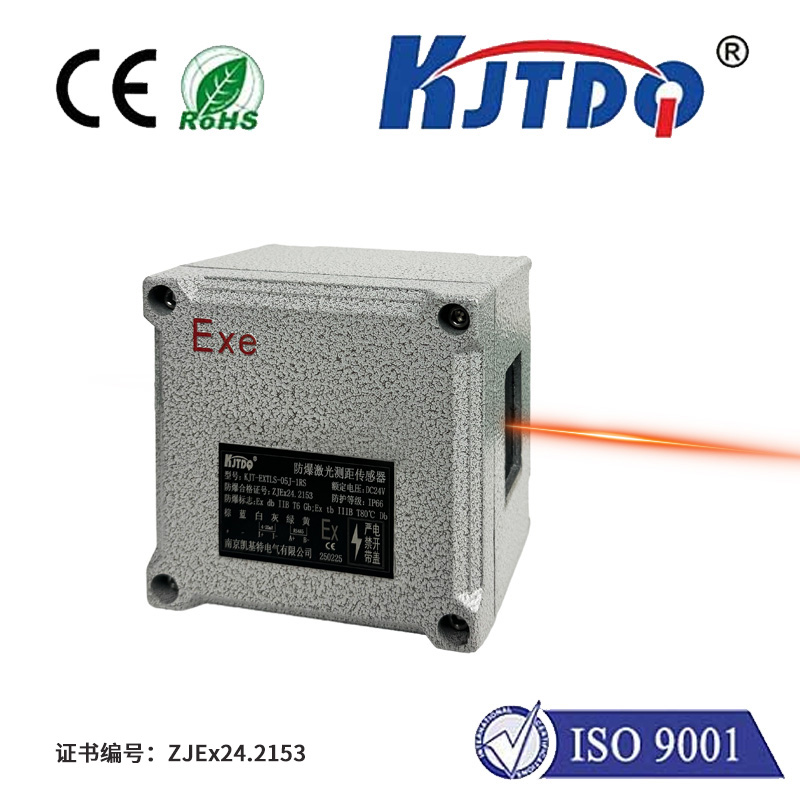18mm proximity sensor
- time:2025-06-12 20:13:40
- Нажмите:0
The Mighty Miniature: Unlocking Efficiency with 18mm Proximity Sensors
In the intricate dance of modern automation and machinery, where space is often at a premium and precision is paramount, the 18mm proximity sensor emerges as a remarkably potent solution. These compact workhorses, often overlooked due to their small stature, play a pivotal role in countless applications, enabling detection, positioning, and control without physical contact. Why choose an 18mm size specifically? This dimension strikes an almost perfect balance, offering robust sensing capabilities in a form factor small enough to fit where larger sensors cannot, yet large enough to house reliable electronics and offer sufficient sensing ranges for diverse tasks. Understanding their capabilities is key to optimizing machine design and operational efficiency.
The Core Principle: Seeing Without Touching
At the heart of every inductive proximity sensor – the most common type in this form factor – lies a fundamental principle: electromagnetic induction. An 18mm proximity sensor generates a high-frequency oscillating electromagnetic field from its sensing face. When a metallic target approaches this field, eddy currents are induced within the target. These eddy currents cause a measurable energy loss within the sensor’s oscillator circuit. Sophisticated electronics within the compact 18mm housing detect this energy shift, triggering a solid-state output switch (typically NPN or PNP transistor types) to change state. This provides a clean, bounce-free signal indicating the target’s presence or absence. Hall effect and capacitive variants exist for non-metallic detection within the 18mm size, but inductive remains king for metal detection due to its robustness and reliability.
Key Advantages of the Compact 18mm Form Factor

The widespread adoption of the 18mm diameter isn’t arbitrary; it delivers tangible benefits:
- Unparalleled Space Efficiency: This is the defining characteristic. In densely packed machinery, robotic arms, compact conveyors, tool changers, or within smaller equipment enclosures, finding room for sensor installation can be a significant challenge. The 18mm diameter allows sensors to fit into extremely tight locations where larger 30mm sensors simply wouldn’t have a chance.
- Robust Sensing Performance: Despite its small size, an 18mm proximity sensor typically offers sensing ranges perfectly adequate for most industrial positioning and detection tasks. Common ranges are 2mm, 4mm, or 8mm, depending on the specific sensor model and target material (e.g., mild steel vs. stainless steel). Modern designs achieve impressive performance within this compact envelope.
- Enhanced Mounting Flexibility: The smaller diameter often translates to a smaller required mounting hole (e.g., M12 threaded body versions are common). This provides greater flexibility for integration into thinner panels or confined spaces. Flush or non-flush mounting options (depending on the sensor) further increase design versatility.
- Cost-Effectiveness: While per-unit cost varies, the widespread production of 18mm inductive sensors often makes them a highly cost-efficient solution, especially when designing for high-volume applications.
- Долговечность: Engineered for industrial environments, quality 18mm proximity sensors boast robust housings (typically nickel-plated brass or stainless steel) and are rated for high Ingress Protection (IP ratings like IP67/IP68), safeguarding them against dust, oils, coolants, and washdowns. They withstand significant vibration and shock.
Where Does the 18mm Proximity Sensor Shine? Applications Galore
The versatility of the 18mm proximity sensor ensures its presence across numerous sectors:
- Factory Automation: The backbone of assembly lines. Used for object detection on conveyors (presence/absence), part positioning in fixtures, verifying cylinder position (end-of-stroke detection), counting parts, and ensuring correct orientation before processing. Their size makes them ideal for small assembly robots and intricate machinery.
- Packaging Machinery: Critical for detecting products, verifying cap placement, controlling filling levels (indirectly via actuator position), and confirming case sealing. Their compact size is vital on high-speed, space-constrained packaging lines.
- Перевозка материалов: Ensuring pallets are positioned correctly, detecting objects on lifts and automated guided vehicles (AGVs), and monitoring gate or door status in sorting systems.
- Automotive Manufacturing: From detecting components on robotic welding arms and ensuring fixture clamps are closed to verifying part presence in feeders and monitoring engine block positioning during machining. The 18mm sensor is ubiquitous on the automotive line.
- Станки: Used for tool presence detection in tool changers (critical for preventing crashes), workpiece positioning on lathes or mills, and monitoring protective door status. Their resilience to coolant and metal chips is essential here.
- Smaller Robotics & Consumer Electronics Assembly: Where internal space is extremely limited, the 18mm proximity sensor is often the go-to for end effector position feedback, gripper status, and component verification.
Selecting the Right 18mm Sensor: Key Considerations
Choosing the optimal 18mm proximity sensor involves more than just the size:
- Sensing Distance: Match the required nominal sensing range (Sn) to your application needs, considering the target material. Remember, actual sensing distances are typically tested with mild steel.
- Mounting Style: Threaded barrel (e.g., M12 x 1) is most common for 18mm sensors, but check if flush or non-flush mounting is required based on surrounding metal. Consider bracket mounts if needed.
- Output Configuration: PNP (sourcing) or NPN (sinking)? Normally Open (NO) or Normally Closed (NC)? This must align with your control system’s input requirements (e.g., PLC input type).
- Connection Type: Pre-wired cables offer simplicity but can be vulnerable. Connector versions (M12 connectors are standard) provide easier replacement and strain relief.
- Environmental Factors: Ensure the IP rating (e.g., IP67 for temporary immersion, IP68 for continuous immersion) suits the operating environment (dust, liquids, chemicals, temperature extremes).
- Target Material: Inductive sensors are typically tuned for ferrous metals (steel, iron). Non-ferrous metals (aluminum, brass) and stainless steel generally reduce the sensing range. Check sensor specifications for correction factors if detecting these materials. Capacitive alternatives might be needed for non-metals.
Conclusion: Small Size, Significant Impact
The 18mm proximity sensor stands as a testament to the power of miniaturization in industrial technology. By delivering reliable, contactless detection within an incredibly compact form factor, these sensors empower engineers to design more efficient, sophisticated, and space-conscious machinery. Their robustness, performance, and cost-effectiveness make them an indispensable component across automation landscapes. When space is critical but functionality cannot be compromised, the 18mm proximity sensor consistently proves itself as the optimal sensing solution, quietly ensuring precision and efficiency in the heart of countless machines and processes. Don’t underestimate the capability packed into this powerful little cylinder.


